By Megan Churchill
Photos by Kathryn Hennessy
Environmental issues due to human impact on the Earth are growing in number and severity; pollution, deforestation, and extreme weather due to climate change, threaten the life and livelihood of people around the globe. In St. Johns County – one of the fastest growing counties in the U.S. – these impacts are increasingly felt. This series will take a look at places in St. Johns County that are being affected by environmental issues and consider why that matters.
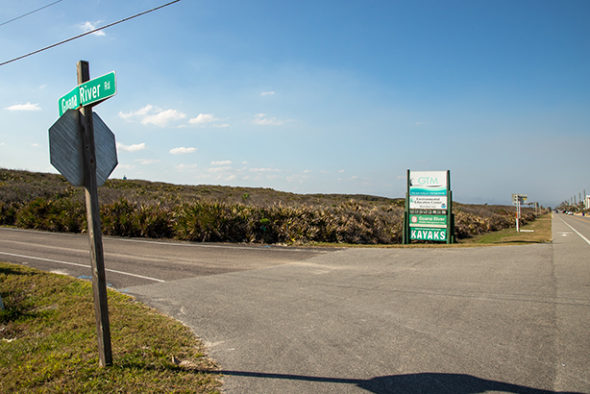
I run the trails at Guana River state park almost every week with my teammates on the Flagler cross country team. I have these little associations with the park that make me love it: finishing the last stretch of a long run with my teammates next to me – the sound of our feet hitting the shell rock of the trail. Or something even subtler, like the alligator sunbathing and grinning in the middle of the path, the deer when you come out into a clearing, the families out for a walk – little kids frolicking and zigzagging across the path.
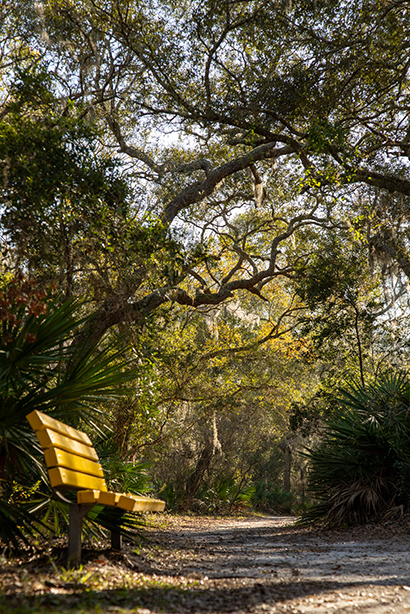
Running here — officially known as the Guana Tolomato Matanzas National Estuarine Research Reserve — could be argued is similar to running at any other park, but the unique environmental challenges facing Guana, as well as the incredibly long history of the park, make it an unusual place.
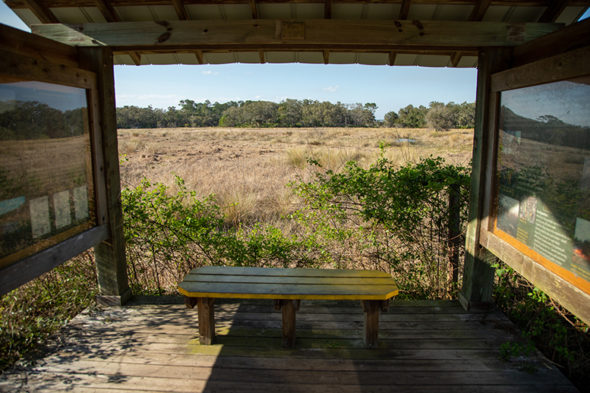
The land Guana Research Reserve (GTM reserve) now occupies is 74,000 acres of protected coastal terrain which stretches both north and south of downtown St. Augustine. Historically this land has been in use for thousands of years; the Timucua Native Americans lived on the land for 7,000 years, making a living hunting and fishing. In 1500 their population was around 200,000. Guana’s official website discusses the history of the land and notes that when Europeons arrived in the 1500s, they saw evidence of the Timucua having both farmed and fished; the large shell midden provided evidence of successful fishing, and the growing crops surrounding Timucua villages included beans, peas, corn, and squash. 300 years after the arrival of the Europeons, not one Timucuan person still lived in the area. Though some Timucua people may have integrated into other tribes, the massive (but slightly unknown) death toll was due largely to the diseases the Timucua contracted from the Europeans.
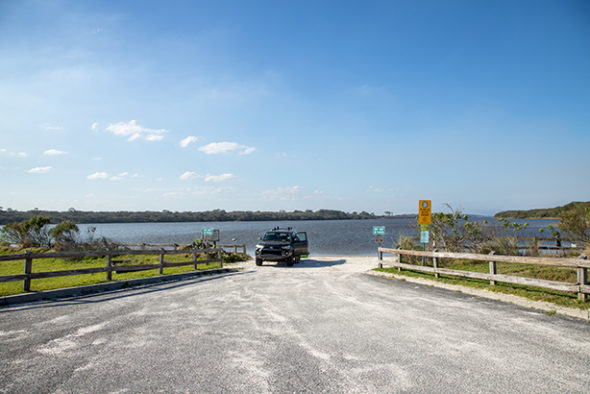
With the knowledge of this atrocity, comes the knowledge that this land has been in use for thousands of years. Recently the land has become increasingly altered by humans. Climate change, erosion, and decreased water quality are all issues facing the GTM Reserve.
Flagler College Natural Sciences Department Chair, Jessica Veenstra, was recently a part of a project at the GTM reserve to construct an artificial oyster reef; the reef was made as an attempt at mitigating shore erosion. A big contributor to erosion Veenstra said is that, “the intercoastal waterway runs up the Matanzas River, and then also down the Tolomato River” She explained that these rivers are essentially interstate highways used by large boats, and she said that the waves they produce lead to erosion of the shore line.
Another issue Veenstra said, is decreasing water quality in the bodies of water on reserve land. The GTM reserve is home to different bodies of water. Besides the Tolomato and Matanzas rivers previously mentioned by Veenstra, the Guana River, and a dam created lake also run through the GTM reserve. Veenstra said that surrounding development in St. Johns County affects the water quality within the reserve and simultaneously the ecosystems within. She said this comes as, “the GTM research reserve is a relatively protected place in terms of land, but it’s surrounded by an increasingly urbanizing area.”
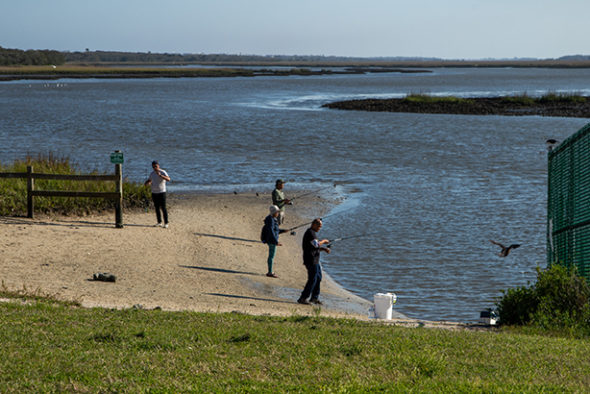
To me, learning about the trails I run on every week has made me aware that they’re a lot more than “the trails I run on”. The impact of humans and the rapid development of St. Johns County has real effects on this site, and Guana’s current form existence is endangered.
This reality is unfortunate. Today, I love the place for the birds cawing in the air, and the breeze off the water, and the always continuing trail, but also the knowledge that people have been living here for thousands of years, catching fish in the river where people still catch fish today.

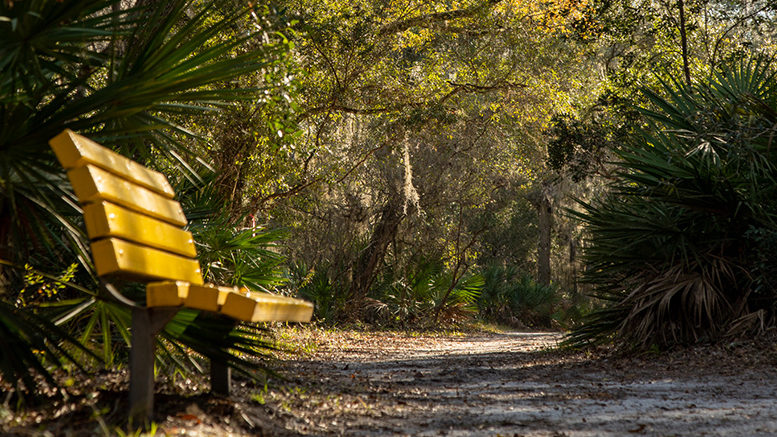


Be the first to comment on "Guana River: History and environment make this park more than just trails"